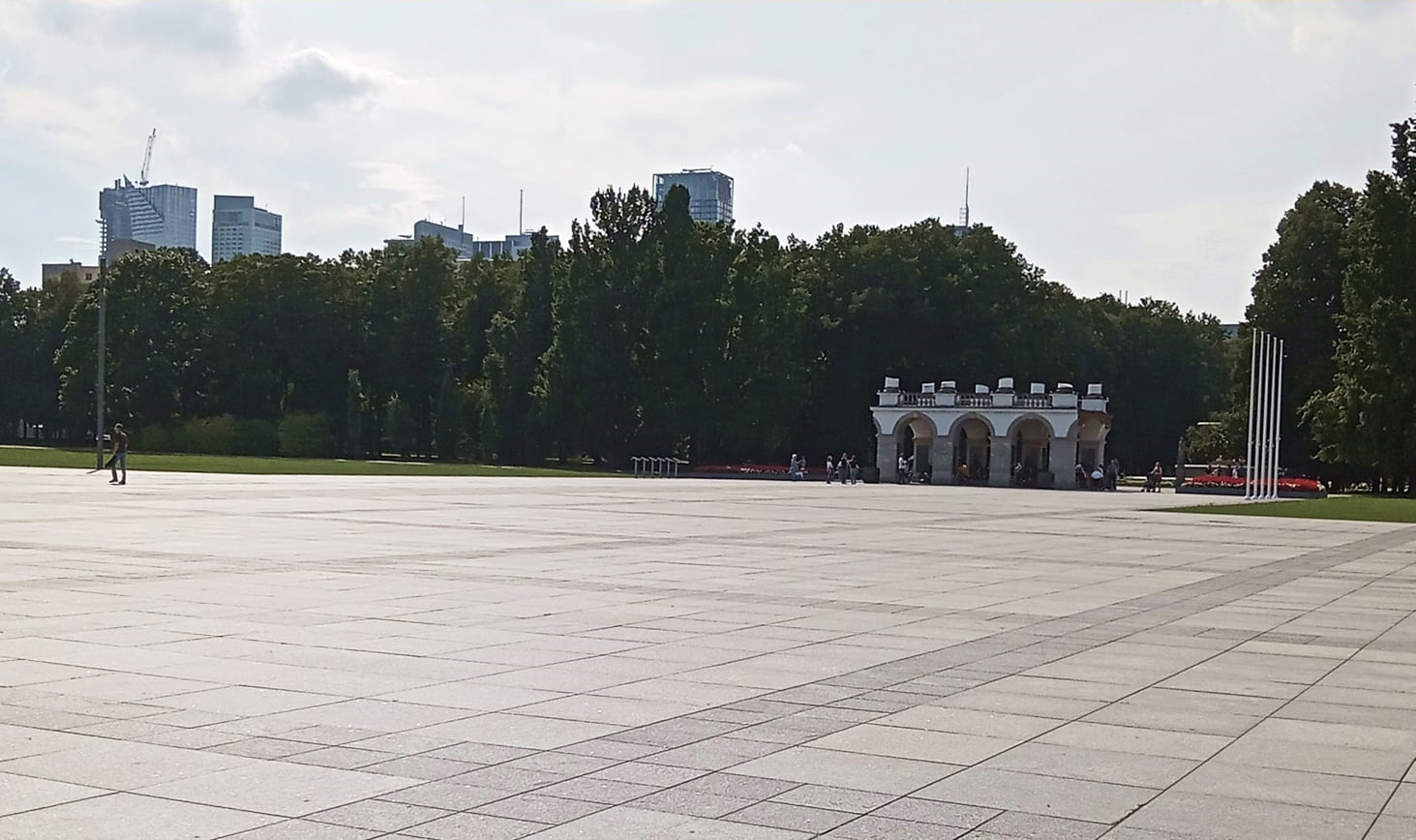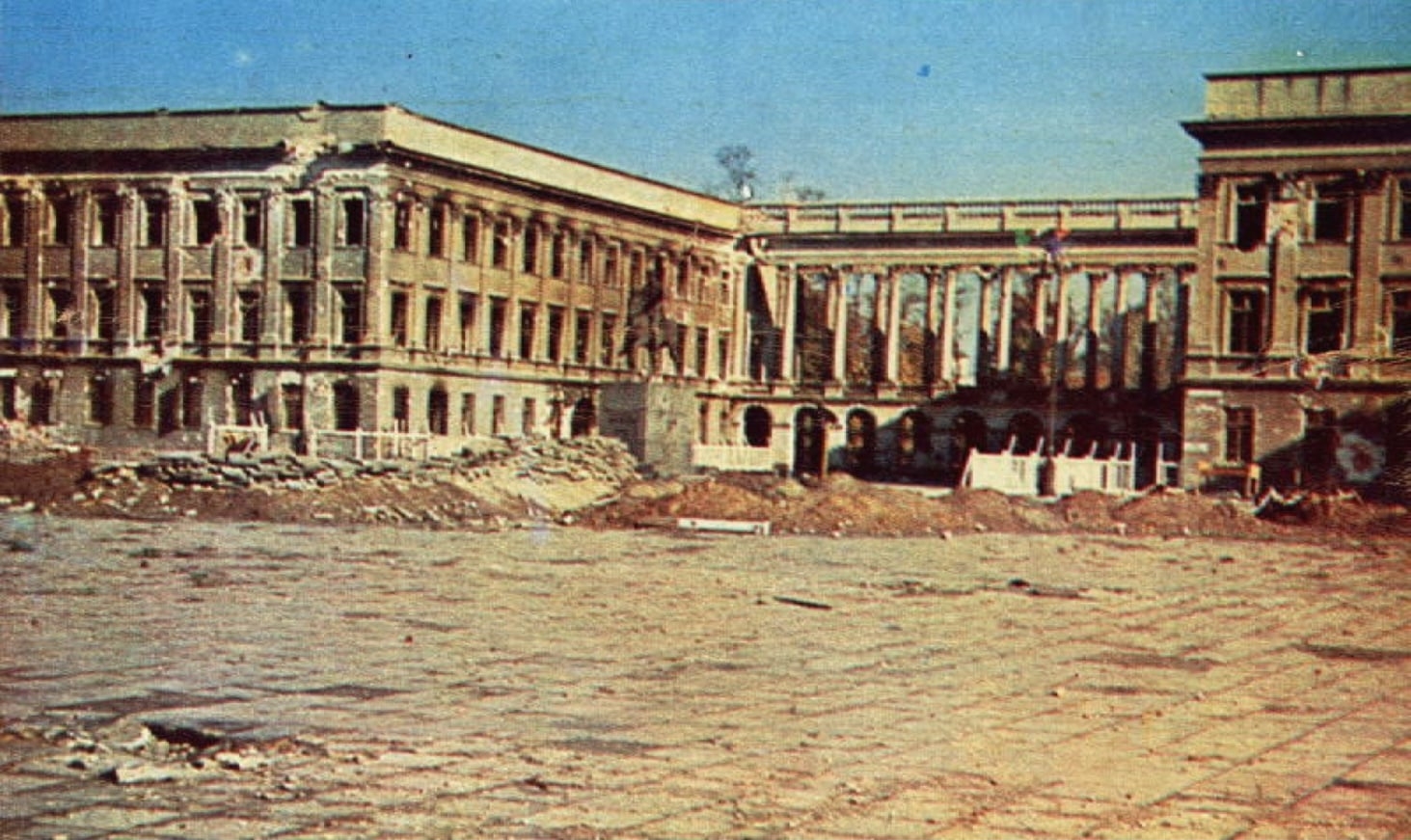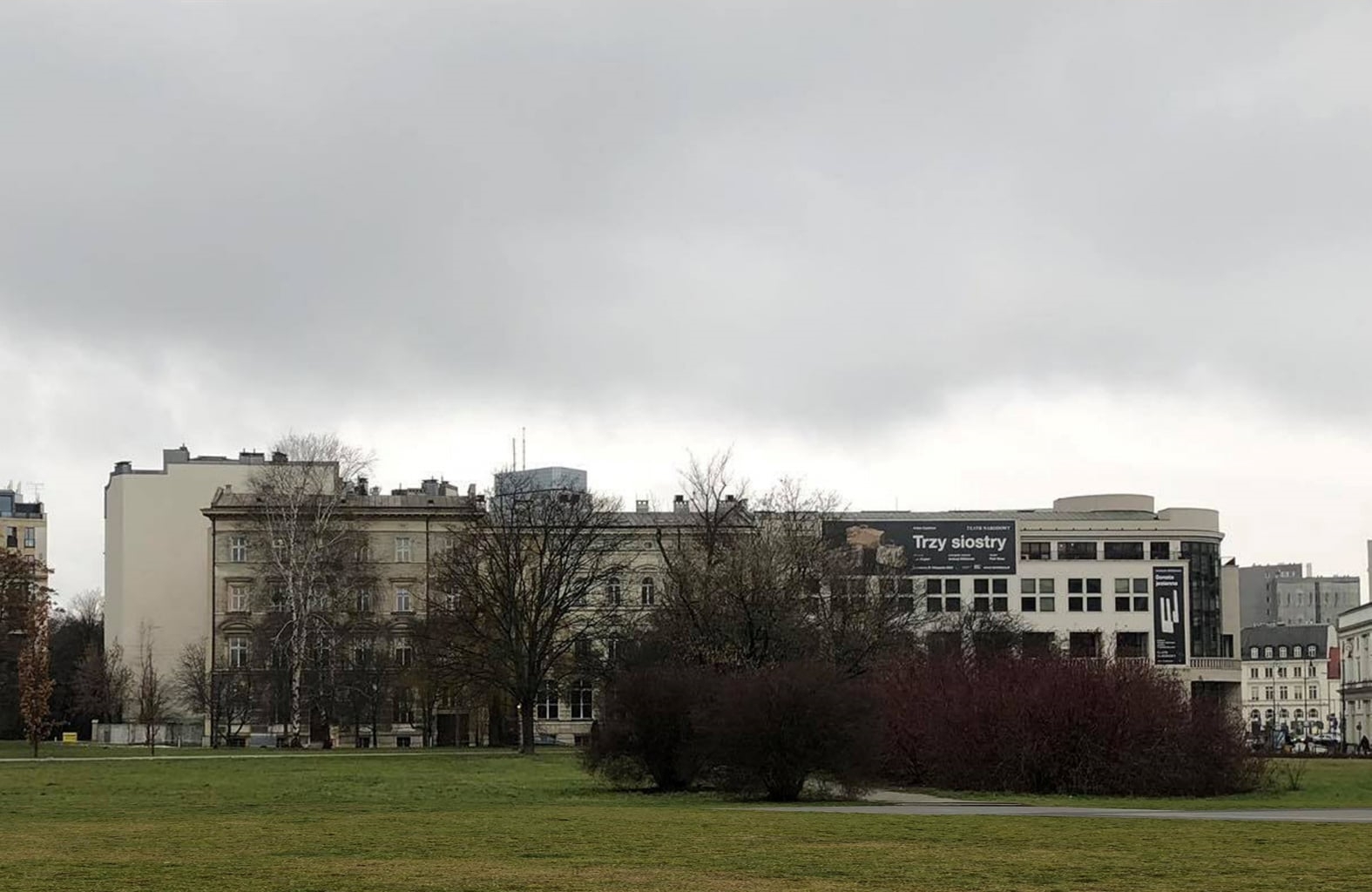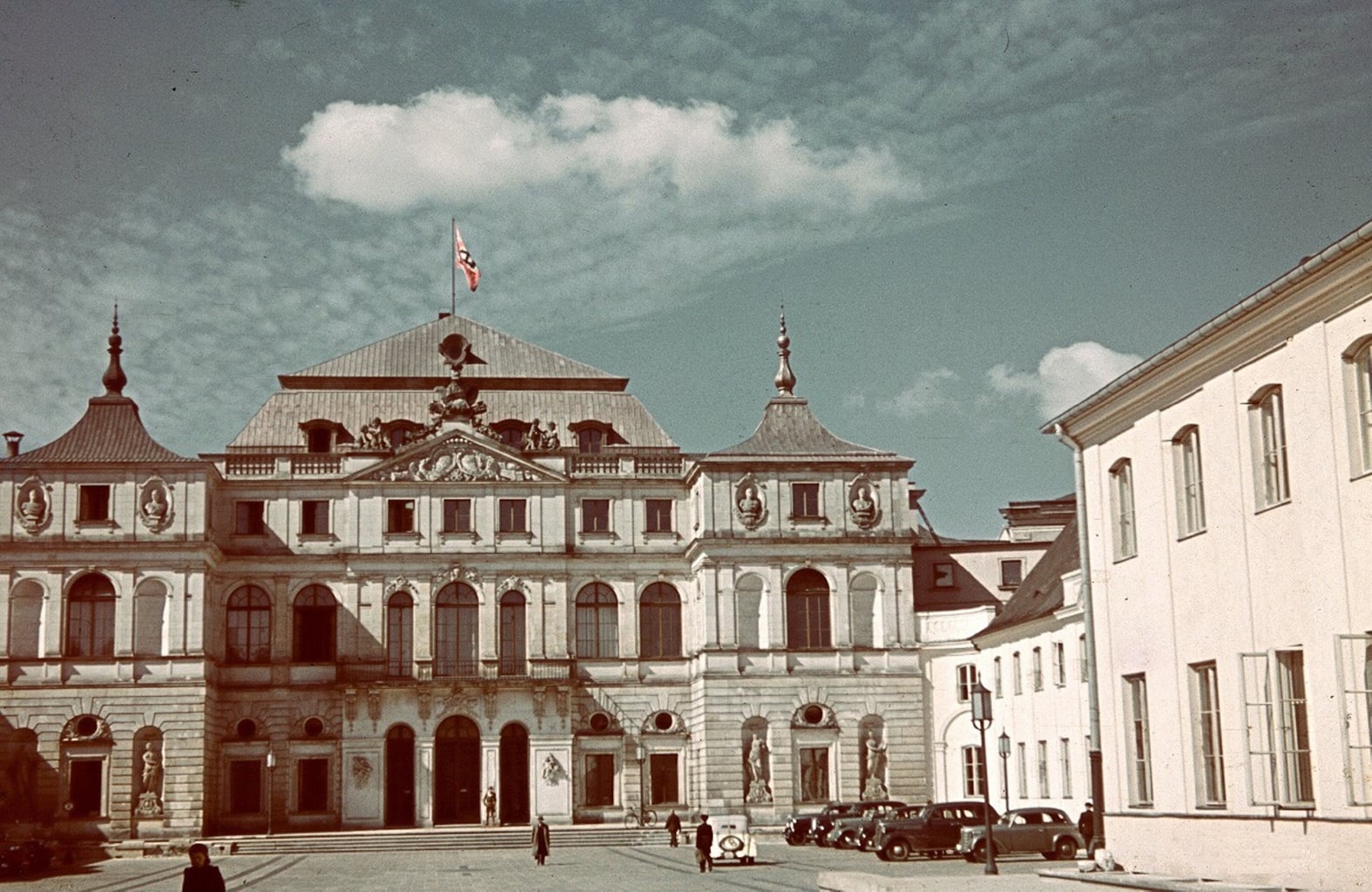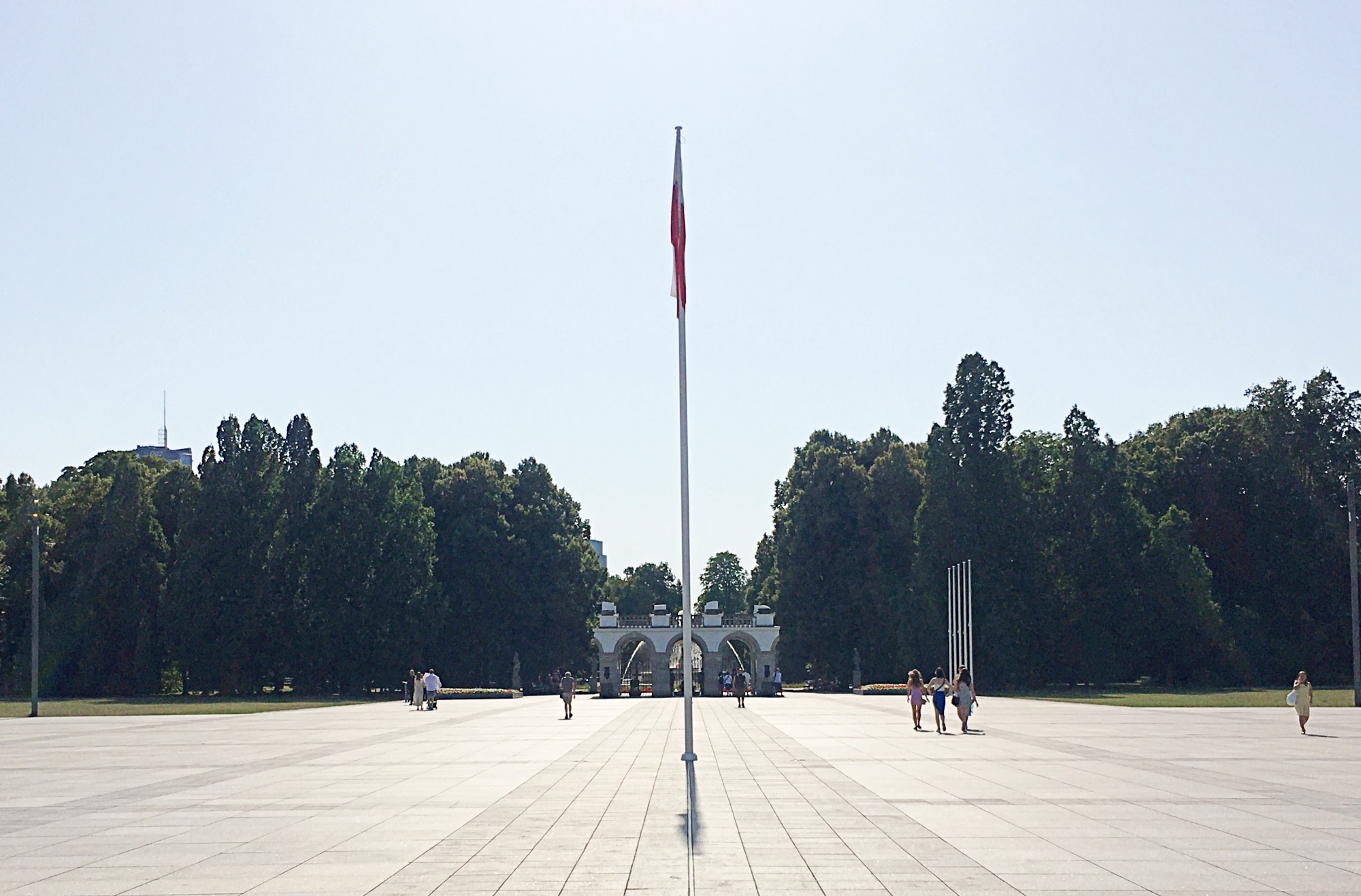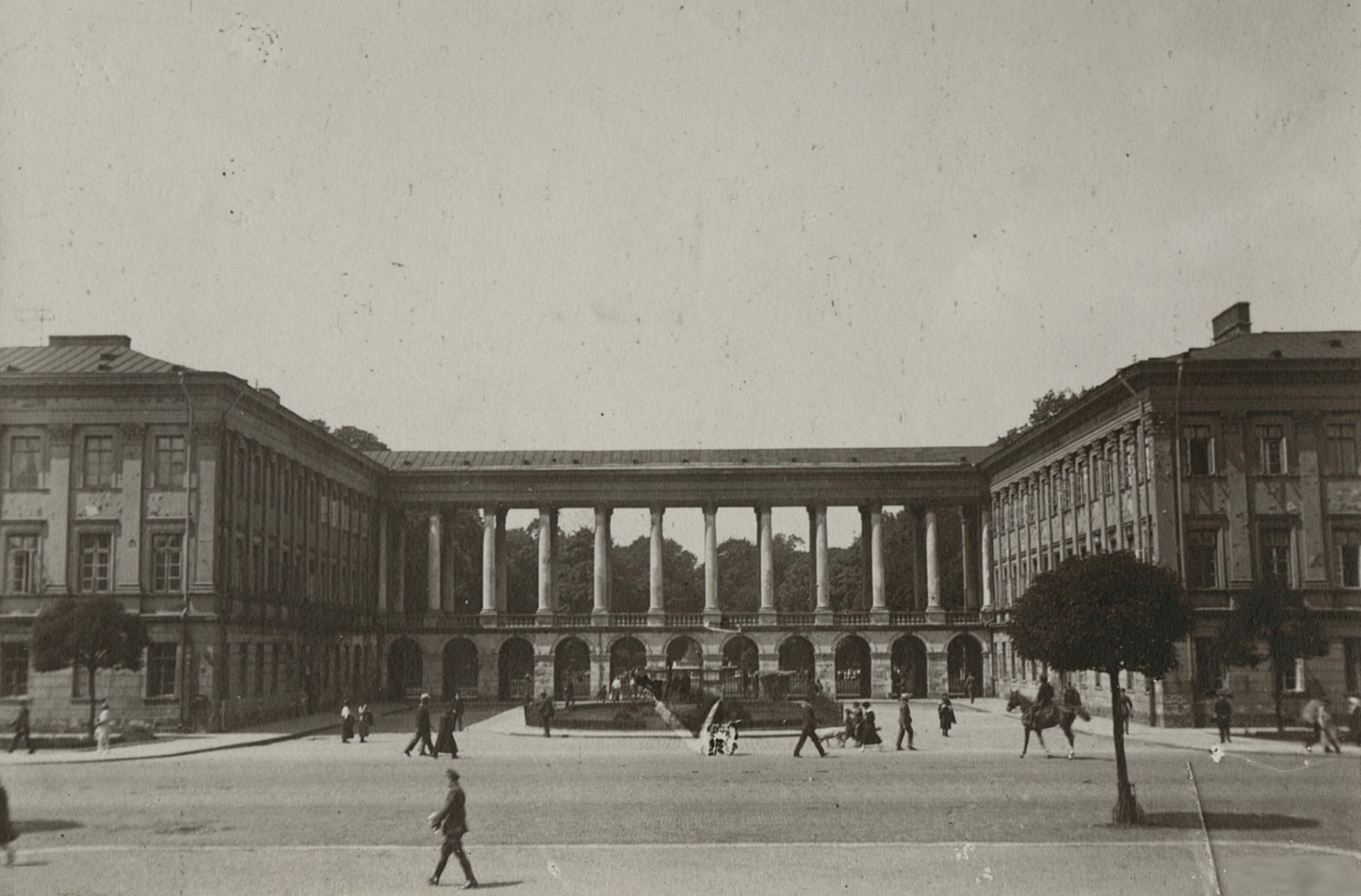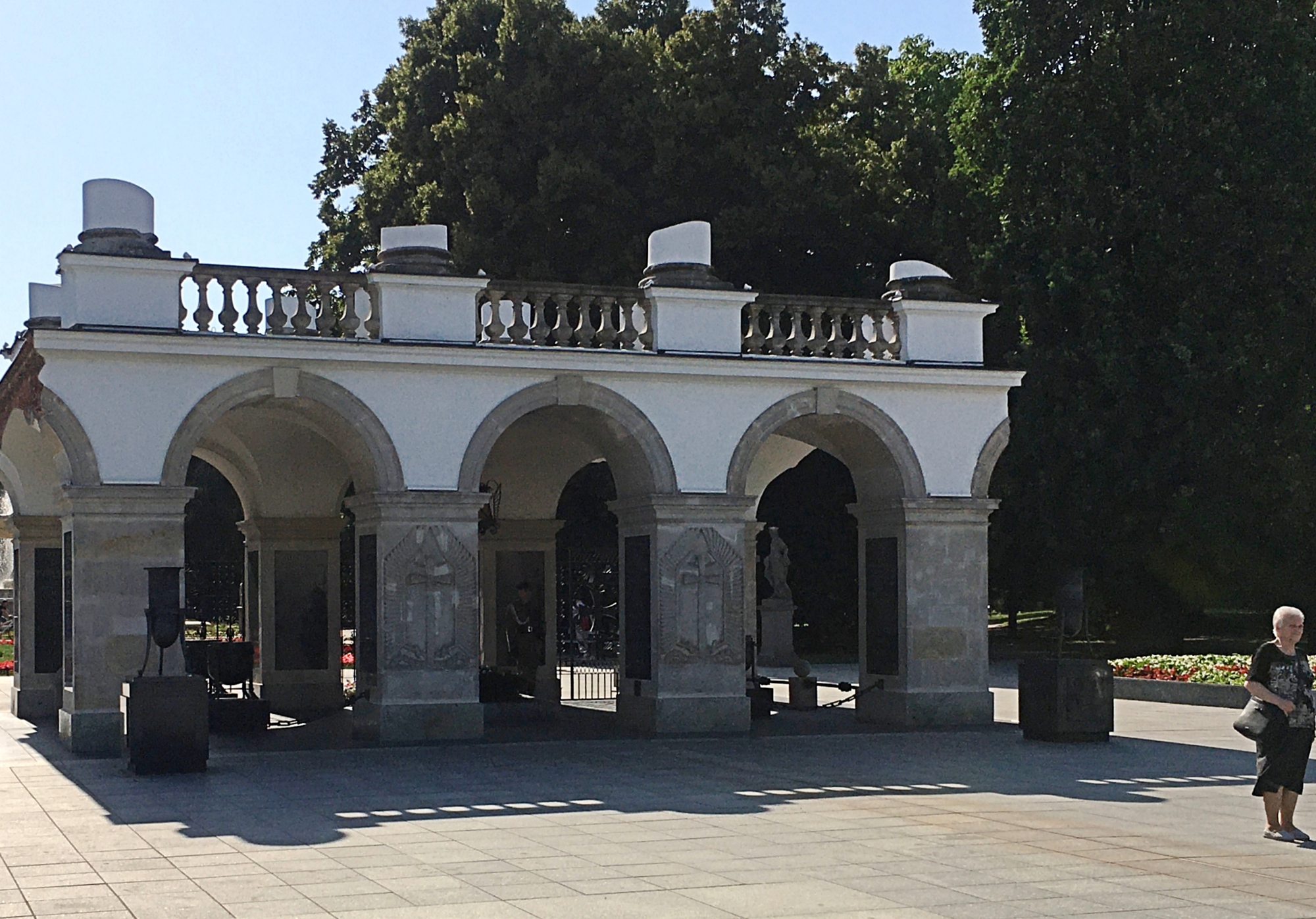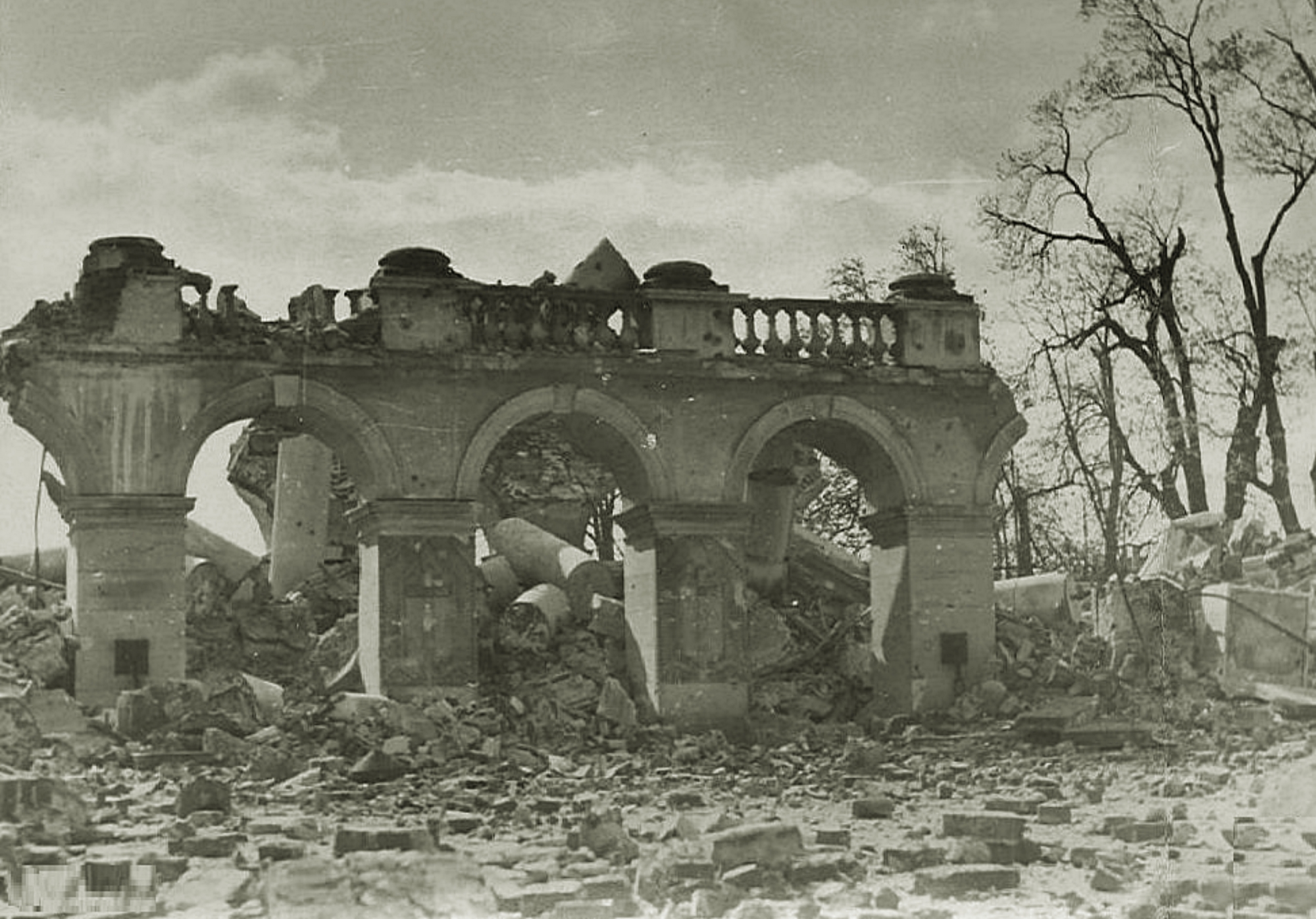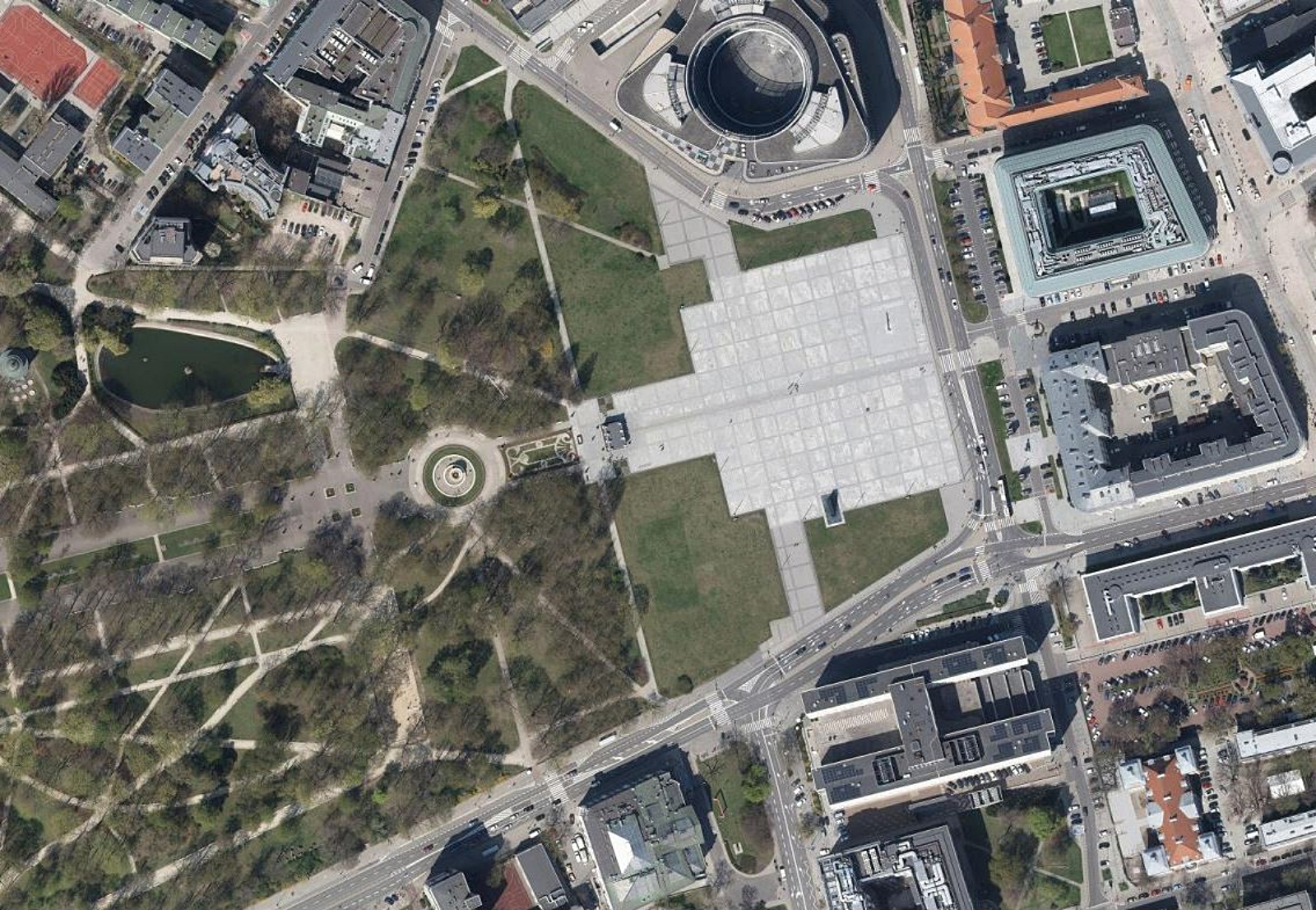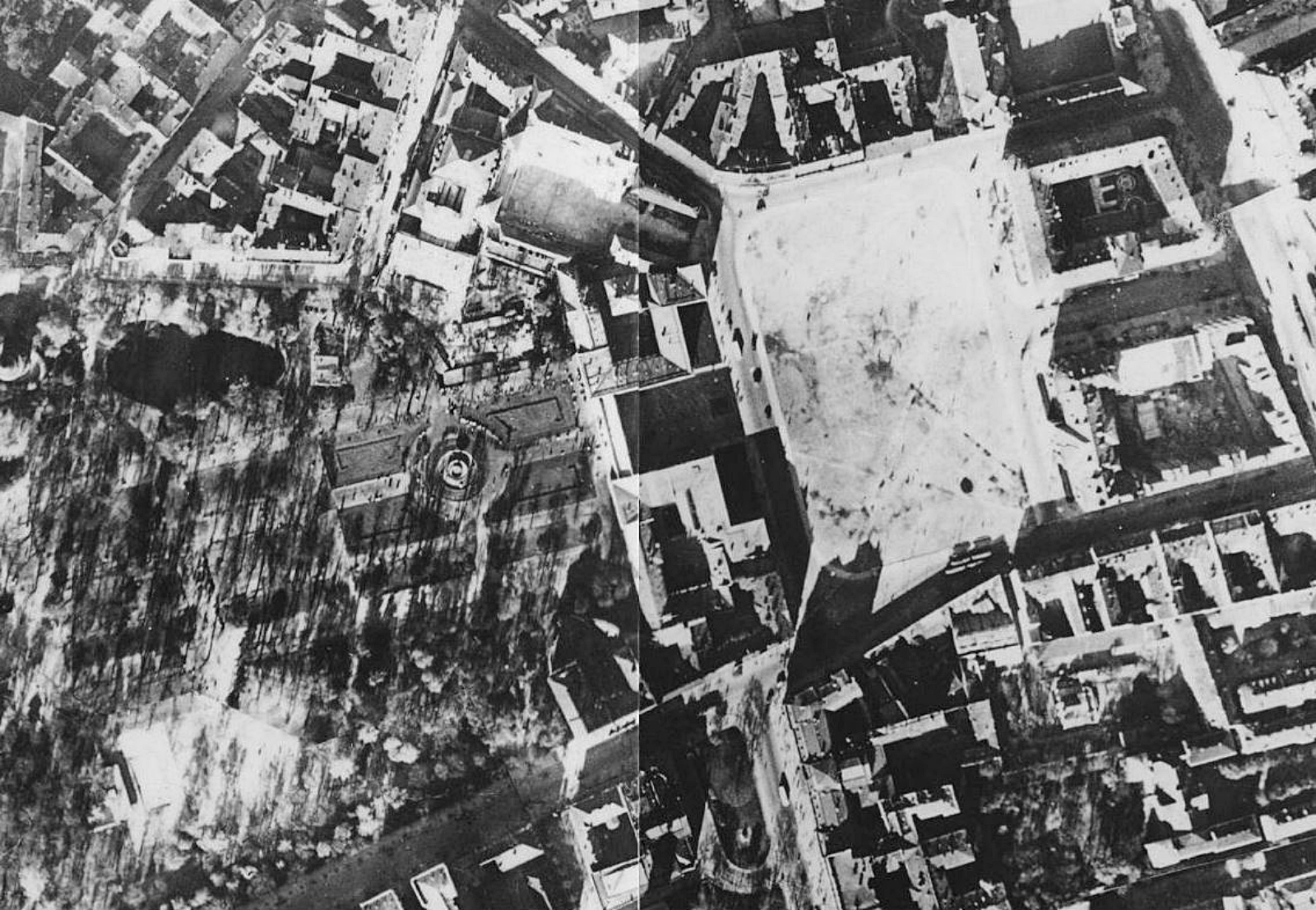Intensive archaeological work is underway on the grounds of the Saxon Palace, Brühl Palace and the townhouses on Królewska Street, which were demolished by the Germans. More rooms of the surviving cellars are being excavated with great care, revealing their secrets every now and then. The official reconstruction of the Saxon Palace and the neighbouring buildings on Piłsudski Square began in August 2022.The project is scheduled to be completed in 2030. Its cost has been calculated at PLN 2.5 billion
At present, archaeologists have begun excavations at the site of the former Brühl residence, which was a Baroque masterpiece and adjacent to the Saxon Palace. As a result of the fall of the Warsaw Uprising, the Brühl Palace was also blown up
Remains of the Saxon Palace, 2022. photo by M. Sawiński

Research conducted by archaeologists yields a variety of fascinating finds. Recently, the media were abuzz with information about the discovery of a tunnel, about which no information was available in existing documents or plans. Upon examination, it turned out to be a connecting tunnel, built in the 1930s specifically for military intelligence. It is about 45 metres long and was intended to allow the rapid transmission of reports and information. Many other relics from bygone eras have also been discovered underground. So far, nearly 46 000 artefacts have been excavated from under the rubble of the cellars of the Saski Palace, the Brühl Palace and tenement houses on Królewska Street, including medallions, coins, ornaments, crockery, fragments of the facades of destroyed buildings, cartridge casings, fragments of uniforms, plaques with inscriptions or fragments of sculptures that used to stand in the Saski Garden
The Saski Palace just before its destruction by the Germans and the surviving Tomb of the Unknown Soldier. The archival photo comes from the Stolica weekly, no. 40 (1243), 03.10.1971, a more recent one from whiteMAD/Mateusz Markowski
Brühl Palace during the German occupation and the same site until recently, before the excavations began. Source: Herder Institut – Marburg and whiteMAD/Mateusz Markowski
The palace in the 1920s and the same place today. Source: Military History Office and whiteMAD/Mateusz Markowski
Tomb of the Unknown Soldier in 1945 and 2022. Source: Military History Bureau and whiteMAD/Mateusz Markowski
The surroundings of the Saski Palace in 1935 and 2022. Source: mapa.um.warszawa.pl
Currently, the works cover an area of approximately 4,500 square metres. The effects of these works will be shown to Warsaw residents through the organisation of an exhibition within the enclosure and an exhibition of the artefacts themselves as soon as they have been secured by the State Archaeological Museum. The reconstruction of the Saxon Palace, Brühl Palace and the townhouses on Królewska Street is the largest investment of its kind in Warsaw in recent years. When it is completed, the western frontage of Piłsudski Square will look as it did on 31 August 1939
Photo: Saski Palace
Read also: Monument | Palace | History | Warsaw | Interesting facts


